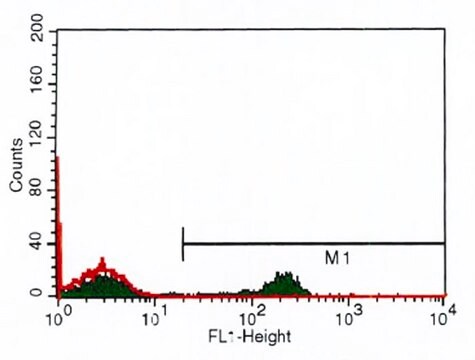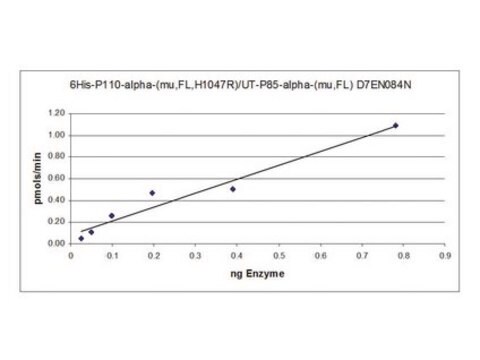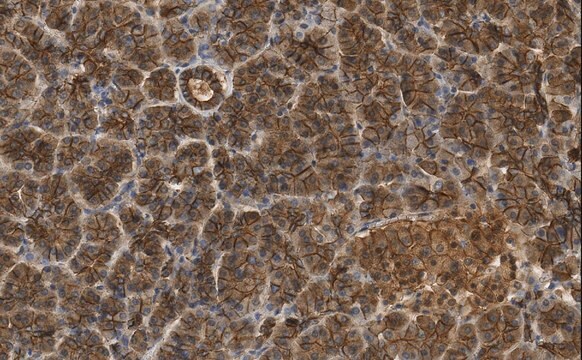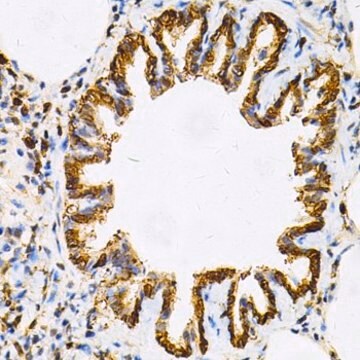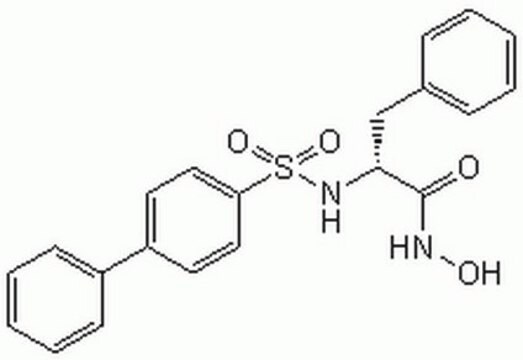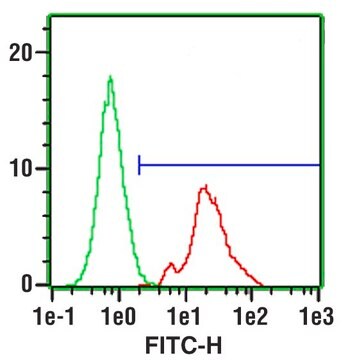MABF575
Anti-CD4 Antibody (mouse), violetFluor® 450, clone RM4-5
clone RM4-5, 0.2 mg/mL, violetFluor®
Synonyme(s) :
T-cell surface glycoprotein CD4, T-cell differentiation antigen L3T4, T-cell surface antigen T4/Leu-3, CD4
About This Item
IF
IHC
IP
immunofluorescence: suitable
immunohistochemistry: suitable
immunoprecipitation (IP): suitable
Produits recommandés
Source biologique
rat
Niveau de qualité
Conjugué
violetFluor® 450
Forme d'anticorps
purified antibody
Type de produit anticorps
primary antibodies
Clone
RM4-5, monoclonal
Espèces réactives
mouse
Conditionnement
antibody small pack of 25 μg
Fabricant/nom de marque
violetFluor®
Concentration
0.2 mg/mL
Technique(s)
flow cytometry: suitable
immunofluorescence: suitable
immunohistochemistry: suitable
immunoprecipitation (IP): suitable
Isotype
IgG2aκ
Numéro d'accès UniProt
Conditions d'expédition
wet ice
Modification post-traductionnelle de la cible
unmodified
Informations sur le gène
mouse ... Cd4(12504)
Description générale
Immunogène
Application
Inflammation & Immunology
Qualité
Flow Cytometry Analysis: 0.125 µg of this antibody detected CD4 in one million C57Bl/6 splenocytes.
Forme physique
Stockage et stabilité
Informations légales
Clause de non-responsabilité
Vous ne trouvez pas le bon produit ?
Essayez notre Outil de sélection de produits.
Code de la classe de stockage
12 - Non Combustible Liquids
Classe de danger pour l'eau (WGK)
nwg
Point d'éclair (°F)
Not applicable
Point d'éclair (°C)
Not applicable
Certificats d'analyse (COA)
Recherchez un Certificats d'analyse (COA) en saisissant le numéro de lot du produit. Les numéros de lot figurent sur l'étiquette du produit après les mots "Lot" ou "Batch".
Déjà en possession de ce produit ?
Retrouvez la documentation relative aux produits que vous avez récemment achetés dans la Bibliothèque de documents.
Notre équipe de scientifiques dispose d'une expérience dans tous les secteurs de la recherche, notamment en sciences de la vie, science des matériaux, synthèse chimique, chromatographie, analyse et dans de nombreux autres domaines..
Contacter notre Service technique
